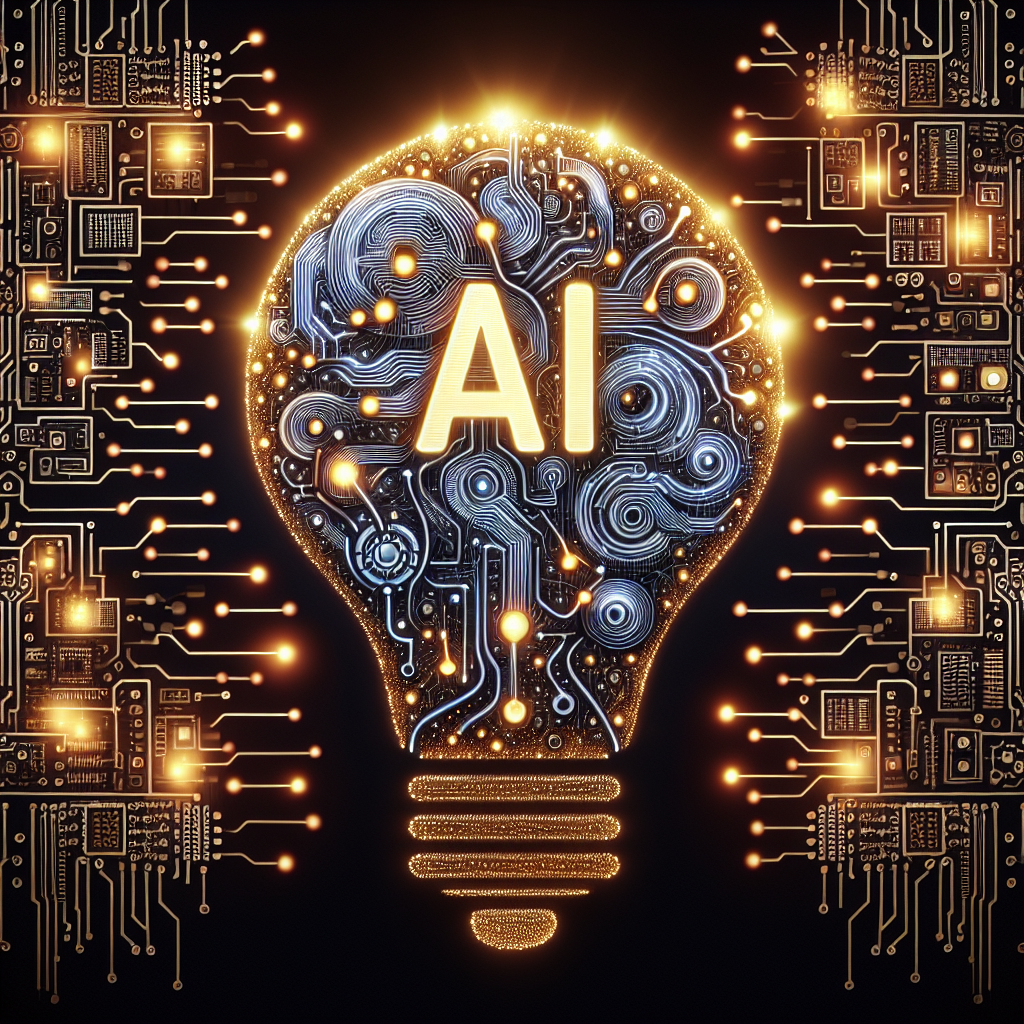In recent years, artificial intelligence (AI) has emerged as a powerful tool for driving innovation in various industries. From healthcare to finance, AI-driven solutions are revolutionizing the way businesses operate and creating new opportunities for growth and efficiency. In this article, we will explore how AI-driven solutions are acting as a catalyst for innovation and transforming the future of business.
AI-driven solutions refer to technologies that utilize artificial intelligence algorithms to automate processes, analyze data, and make decisions. These solutions can range from chatbots that provide customer service to predictive analytics tools that help businesses make informed decisions. By harnessing the power of AI, organizations can streamline operations, improve accuracy, and uncover valuable insights that drive business success.
One of the key ways in which AI-driven solutions are driving innovation is through automation. By automating repetitive tasks and processes, businesses can free up valuable time and resources that can be redirected towards more strategic initiatives. For example, in the healthcare industry, AI-driven solutions are being used to automate medical imaging analysis, enabling healthcare professionals to focus on patient care rather than manual data analysis.
Another way in which AI-driven solutions are driving innovation is through predictive analytics. By analyzing large volumes of data, AI algorithms can identify patterns and trends that human analysts may overlook. This enables businesses to make more informed decisions and anticipate future trends, giving them a competitive edge in the market. For example, in the financial services industry, AI-driven solutions are being used to predict market trends and optimize investment strategies.
AI-driven solutions are also revolutionizing customer service and engagement. Chatbots powered by AI algorithms can provide instant responses to customer inquiries, improving the overall customer experience and reducing response times. By leveraging AI-driven solutions, businesses can personalize their interactions with customers, anticipate their needs, and provide tailored recommendations that drive customer loyalty and satisfaction.
In addition to these benefits, AI-driven solutions are also driving innovation in the field of healthcare. From personalized medicine to disease detection, AI algorithms are transforming the way healthcare professionals diagnose and treat patients. By analyzing patient data and medical images, AI-driven solutions can identify patterns and trends that help healthcare professionals make more accurate diagnoses and develop targeted treatment plans.
Overall, AI-driven solutions are acting as a catalyst for innovation across industries, enabling businesses to automate processes, analyze data, and make informed decisions. By harnessing the power of AI, organizations can streamline operations, improve accuracy, and drive business success in an increasingly competitive market.
FAQs:
Q: What industries are benefiting the most from AI-driven solutions?
A: Industries such as healthcare, finance, retail, and manufacturing are among the top beneficiaries of AI-driven solutions.
Q: How can businesses implement AI-driven solutions?
A: Businesses can implement AI-driven solutions by partnering with AI vendors, hiring data scientists, and investing in AI training for their employees.
Q: What are some common challenges associated with implementing AI-driven solutions?
A: Common challenges include data privacy concerns, lack of skilled AI talent, and integration with existing systems.
Q: How can AI-driven solutions help businesses improve customer service?
A: AI-driven solutions can help businesses improve customer service by automating responses to customer inquiries, providing personalized recommendations, and reducing response times.
Q: What are some future trends in AI-driven solutions?
A: Future trends in AI-driven solutions include the rise of autonomous AI systems, increased focus on ethical AI practices, and the integration of AI with Internet of Things (IoT) devices.

